|
|
| Line 6: |
Line 6: |
| | | | |
| | == Introduction == | | == Introduction == |
| | + | |
| | + | In this article, we compute the bistatic radar cross-section (RCS) of a Dassault Mirage III type fighter aircraft at 850 MHz. At 850 MHz, the aircraft is about 42 freespace wavelengths long, |
| | | | |
| | | | |
Revision as of 19:42, 7 October 2016
| Application Project: Radar Cross-Section of Aircraft
|
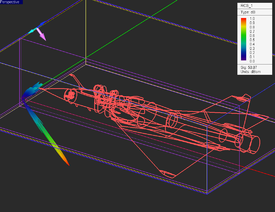
|
|
Objective: In this article, we explore computing RCS of electrically large structures, like aircraft.
|
|
Concepts/Features:
- Radar Cross Section
- Large Projects
- Cloud-Based Resources
|
|
Minimum Version Required: All versions
|
|
' Download Link: None Download Link: None
|
Introduction
In this article, we compute the bistatic radar cross-section (RCS) of a Dassault Mirage III type fighter aircraft at 850 MHz. At 850 MHz, the aircraft is about 42 freespace wavelengths long,

Figure 1: Geometry of the periodic unit cell of the dispersive water slab in EM.Tempo.
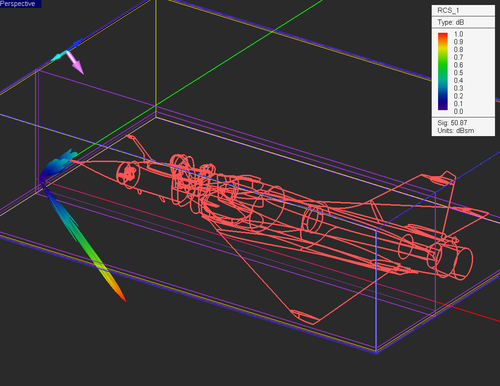
Figure 1: Geometry of the periodic unit cell of the dispersive water slab in EM.Tempo.
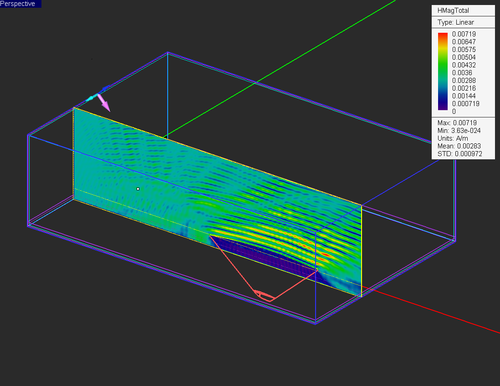
Figure 1: Geometry of the periodic unit cell of the dispersive water slab in EM.Tempo.
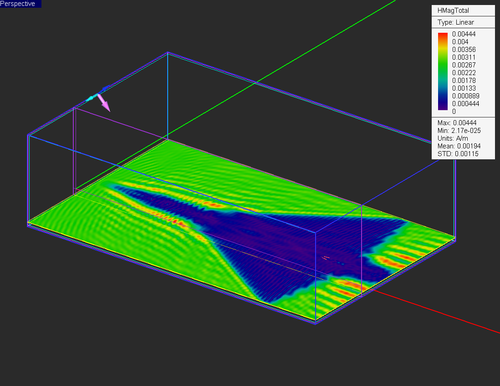
Figure 1: Geometry of the periodic unit cell of the dispersive water slab in EM.Tempo.

Figure 1: Geometry of the periodic unit cell of the dispersive water slab in EM.Tempo.

Figure 1: Geometry of the periodic unit cell of the dispersive water slab in EM.Tempo.

Figure 1: Geometry of the periodic unit cell of the dispersive water slab in EM.Tempo.
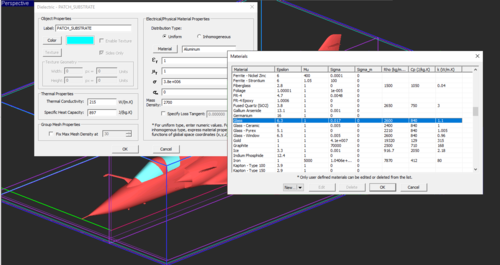
Figure 1: Geometry of the periodic unit cell of the dispersive water slab in EM.Tempo.








